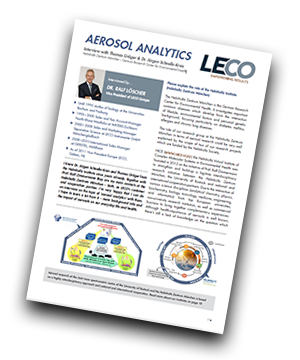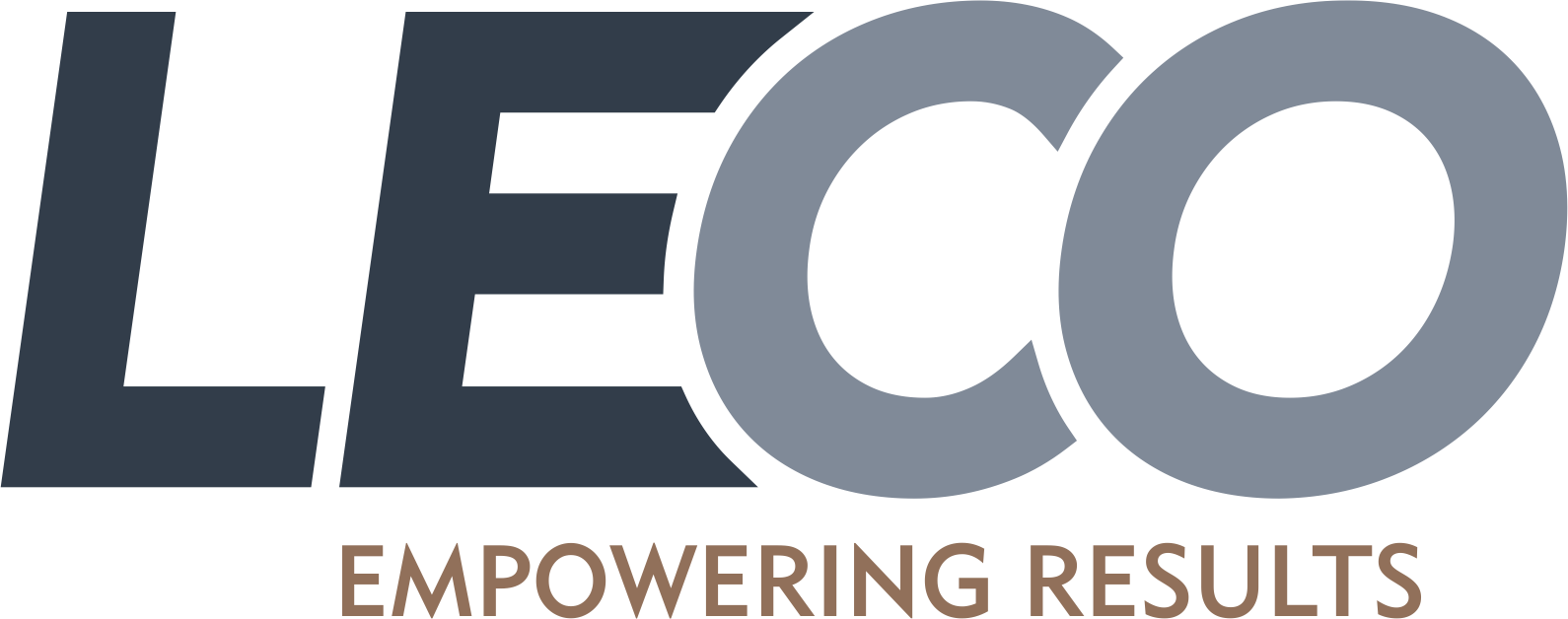In this interview Dr Ralf Löscher, Vice President of LECO Europe, talks to Thomas Gröger and Dr. Jürgen Schnelle-Kreis from the Helmholtz Zentrum München – the German Research Center for Environmental Health to gain some background information on the work they do and learn more about the impact of aerosols on our everyday life and health.
 What is the role of the Helmholtz Institute?
What is the role of the Helmholtz Institute?
Helmholtz Zentrum München investigates environmental influences on human health. One of its research fields investigates the effects of aerosols on humans. The focus of the investigations is on the particle phase. Among other factors, the relationships between the chemical composition of the particles or the source from which the particles originate and the associated biological effects are being investigated.
What is the approach for the analysis of aerosol samples?
Chemical analysis is used at Helmholtz Zentrum München to identify and quantify the contributions of the various biogenic, geogenic and anthropogenic sources to environmental aerosols. For this purpose, particulate matter samples are collected in the environment and analysed in the laboratory with GC-TOFMS and GCxGC-(Hr)ToF-MS, among others. Generally, the analyses of environmental samples are "processed" by means of in-situ derivatisation thermal desorption (IDTD). In this method, the filter samples are placed in the GC liner, derivatizing reagent (liquid and mixed with the carrier gas) is added and the samples are thermally extracted. This allows the analysis of non-polar and polar substances in a single analysis run. In addition to the high degree of automation (all steps are performed by an autosampler), the IDTD method also allows the analysis of very small samples, such as those obtained from personal sampling. The method is also used to examine emission samples. Toxicological investigations are then carried out to find the correlation between the composition of the particles and the biological effects.
What are the benefits of using GCxGC and high-resolution mass spectrometry?
Currently, more than 200 substances are targets for aerosol analysis with IDTD-GC-ToF-MS. However, environmental aerosol samples usually contain several thousand to ten thousands of substances. Therefore, GCxGC and high-resolution mass spectrometry are increasingly used for the analysis of aerosol samples. The combination of both modern methods allows the separation and identification of a much larger number of individual substances and thus a much improved description of environmental aerosols.
Download the full interview and find out...
- What is an aerosol, what is fine dust and what is ambient particulate matter (PM)
- What are primary and secondary aerosols
- What are the main sources for ambient aerosols
- How can biological effects of aerosols be investigated
- Which GC based methods are used for the analysis of aerosols.
Visit LECO at its Virtual Trade Show and ask for a free guided tour today!
Also...
 On-demand eSeminar — The Power of GC-TOF-MS for Food and Environmental Applications
On-demand eSeminar — The Power of GC-TOF-MS for Food and Environmental Applications
Discover how GC-TOF-MS and GC×GC-TOF-MS technologies can dramatically enhance your applications for food and environmental analysis and increase data quality and sample throughput. This on-demand eSeminar comprises two sessions: one dedicated to food analysis and the other to environmental analysis.
For more information from LECO visit https://eu.leco.com/







